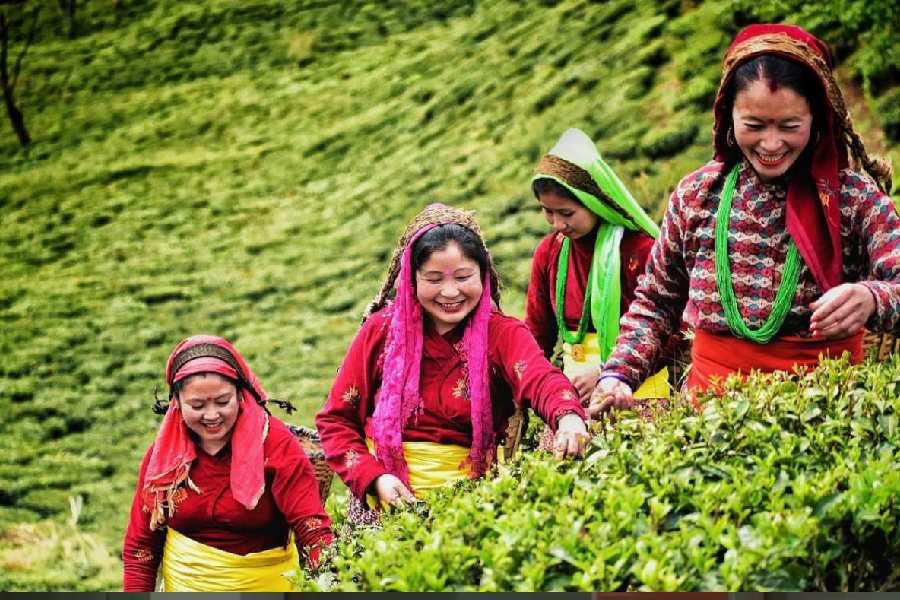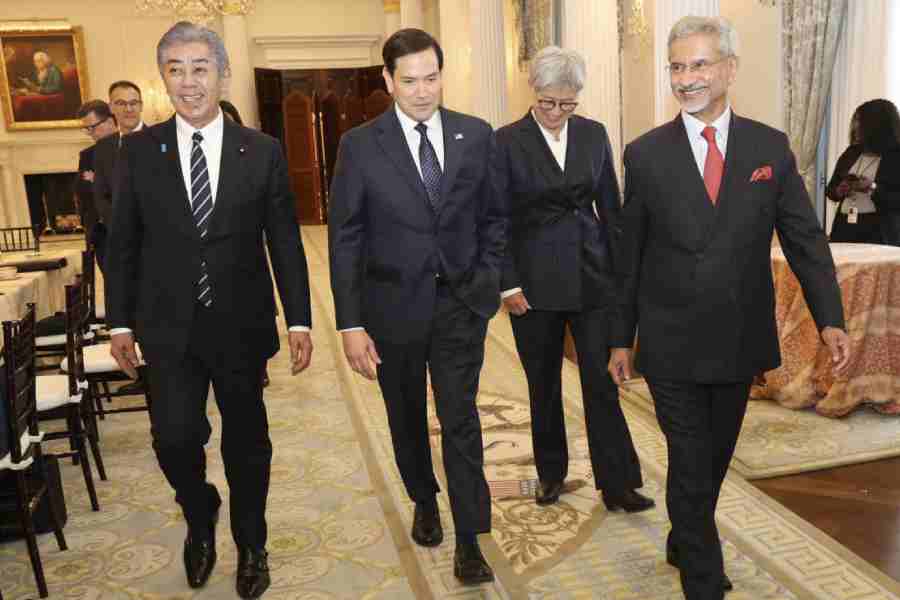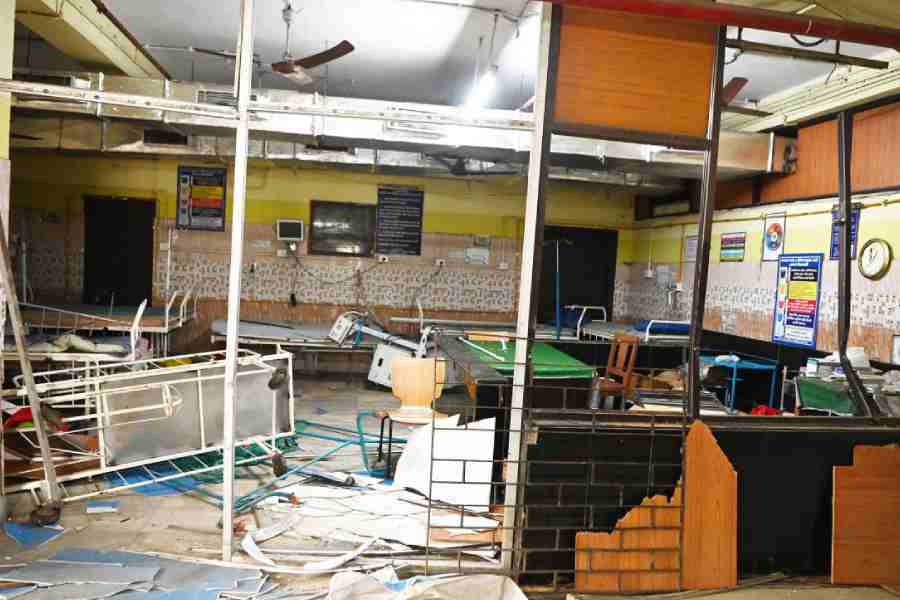India needs to diversify its tea export basket beyond the traditional countries, backed by government intervention, to break out from decade-long stagnation, says a report by a reputable consultancy firm .
Decadal trend analysis shows the top six countries, led by Iran and Russia, account for 50-60 per cent of tea exports even as the relative market share in some of the traditional markets is increasingly coming down.
While volume has remained stagnant, forex earnings remain muted due to low-value addition and focus on bulk tea exports.
A five-year analysis between 2014-15 and 2018-19 showed that realisation from the export of orthodox (leaf tea) and CTC (crush, tear, curl) teas has been 2 per cent CAGR, at par with auction price growth in the country.
However, the paper titled ‘Reimagining The Tea Industry In India’ by BDO India LLP found out that there are several nations where prices have grown high single digits between 2016 and 2021 but India’s export volume in those countries has come down.
The Netherlands, the UK, the US and Canada experienced tea price growth of 7-12 cent even as India lost volume share in these markets.
India’s exports stood at about 226 million kg in 2022-23, annually up 15.49 per cent as it took advantage of the economic crisis in Sri Lanka. However, there is apprehension that export could struggle to reach 200 million kg this fiscal unless Iran picks up buying strongly.
Soumyak Biswas, partner — management consulting, who led the study from BDO, said the industry has to focus on value addition.
Batting for joint export promotion by the industry with support from the government, Biswas argued a round-the-year promotion calendar/schedule can be firmed up to for select markets.
“India’s presidency in G20 provides a golden opportunity to leverage the relationship in the tea drinking member countries to showcase the rich heritage of India tea, its legacy and thereby laying the foundation of a strong bilateral trade prospect,” Biswas said.
Citing Sri Lanka, which exports about 60 per cent of tea in value-added form compared with 15 per cent by India, mostly driven by the strong brand of Dilmah, Biswas proposed the industry should be included in the PLI scheme to create a few champion brands.
Exporters say that some of the most potential markets are fraught with geopolitical issues. Turkey, China, Iraq and Pakistan are some of the more promising markets but India’s relations with them are not exactly cordial.
The BDO study places equal emphasis on developing the back-end infrastructure and production planning.
For instance, more than 90 per cent of the production in India is of low-quality CTC variety. Diversification to non-CTC teas will not only fetch better realisation but also help address the current skew and excess supply in the system.
The report, done in association with The Bengal Chamber of Commerce & Industry, backed creating a state-of-the-art integrated infrastructure in the form of a tea park such as the one at Dubai Multi Commodity Centre.
“Such facilities would not only help link the country better with the global value chain but also enhance competitiveness which will have a ripple effect on the domestic market, thereby creating a sustainable tea industry in India.”











